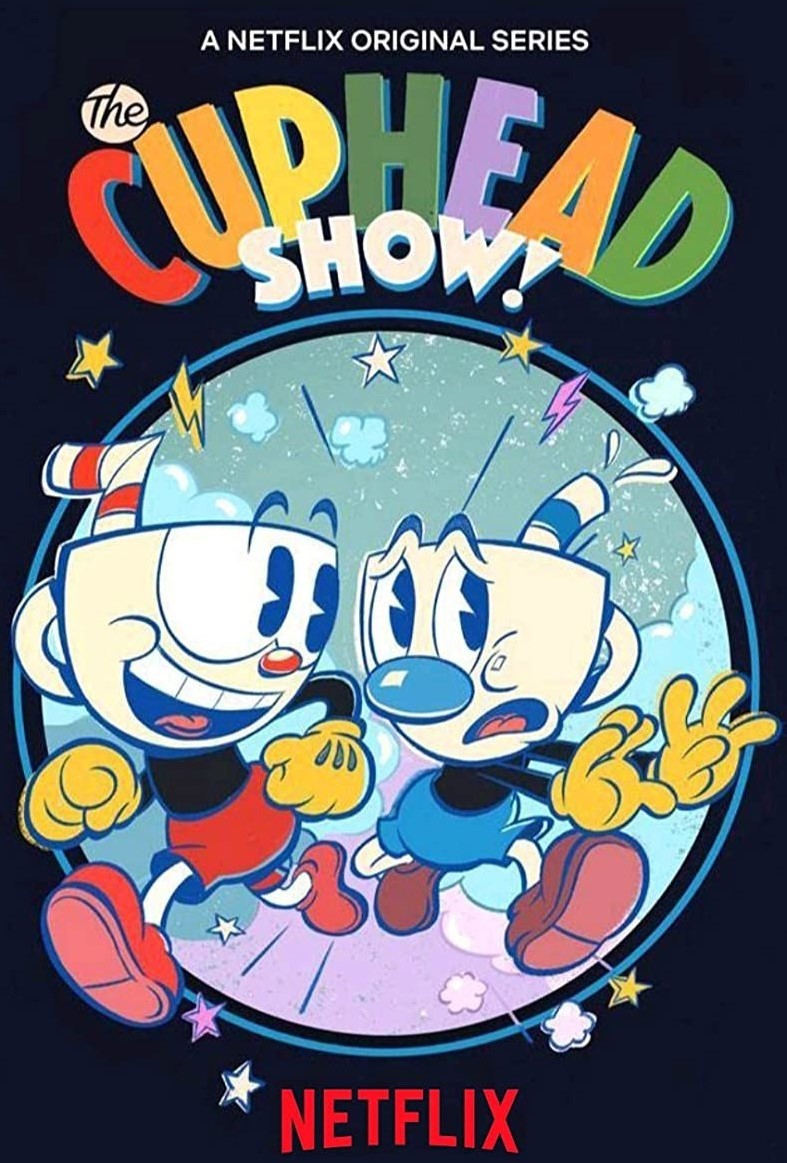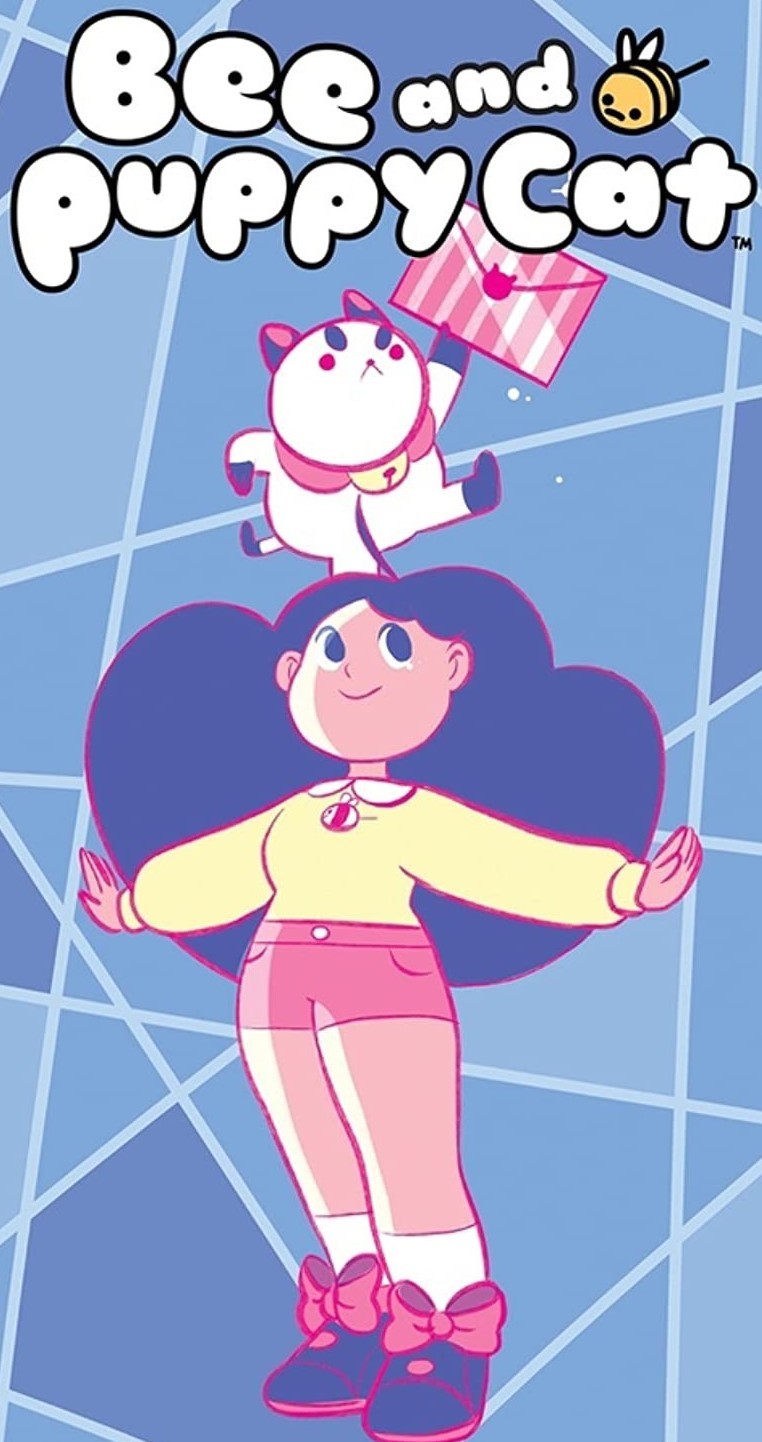Earlier this month,
Netflix won the Emmy for outstanding animated program for
the first time, for “Arcane.” A little over a week later, Netflix Animation
laid off 30 people.
اضافة اعلان
The news items
were not entirely synchronous — the layoffs were in the film division, not
series — but the symbolism was valid. Animation, across a wide range of styles
and target ages, has always been a strength of Netflix’s catalog. But it has
never received the attention, or the promotion, devoted to the service’s
cookie-cutter dramas and true-crime documentaries.
To get into the
Netflix spotlight, animated shows have needed to be more than just good.
“Bojack Horseman” and “Big Mouth,” previous nominees for the outstanding series
Emmy, drew attention with voice casts full of brand-name TV-comedy stars.
“Arcane,” a spinoff from the League of Legends video-game franchise, had a
built-in audience.
Meanwhile, other
adventurous, inventive, great-looking animated series come and go with little
no-tice. (Netflix’s anime series, many of which have been distinctive —
“Dorohedoro,” “Baki Hanma” and “Aggretsuko,” to name a few — are their own
category, and can generate considerable noise within the anime fan base.) In a
week when the streamer’s self-reported top shows include “Monster: The Jeffery
Dahmer Story” and “Fate: The Winx Saga,” here are some lesser known series from
Netflix Animation (all with recently posted new episodes) that deserve to be
seen.
 ‘The Cuphead Show’
‘The Cuphead Show’
Dave Wasson’s slapstick series about a pair of rambunctious brothers
with cups for heads looks like nothing else, unless you happen to be looking at
American animation from the 1930s, particularly the pulsating work of Max
Fleischer. Based on a video game that inspired a cultlike fervor, “The Cuphead
Show” is a lovingly, almost maniacally detailed homage to a classic tradition
that vibrates with its own thoroughly modern energy.
Like the cartoons
it honors, “The Cuphead Show” sets everything onscreen swaying and bopping,
from the fancifully constructed characters to the vehicles, buildings, and
landscapes, which often turn into vocal characters in their own right. The
beautiful designs are rendered in rich, saturated colors and set in motion to
jazzy music by Ego Plum, who also scores “SpongeBob SquarePants.”
Somewhat along
the lines of Mickey and Goofy or Popeye and Olive, Cuphead is the troublemaker
and rule-breaker who drags his more timorous brother, Mugman, into continual
misadventures. Some of them involve a comically angry Devil who lusts after
Cuphead’s soul; others revolve around the Betty Boop-like Miss Chalice or the
torch-singing sea monster Cala Maria, who provides Dietrich-accented Hollywood
glamour.
Wasson and his
collaborators produced 36 episodes, which Netflix has been releasing in
batches; 25 are now available. They can be a little exhausting — another
commonality with 1930s
cartoons is the sameness of the stories and the one-dimensionality
of the characters, and episodes can feel longer than their 10-to-20-minute
running times. But if the art grabs you — and it is hard to imagine it will not
— the time doesn’t matter.
 ‘Bee and PuppyCat’
‘Bee and PuppyCat’
Natasha Allegri’s evanescent story about a seemingly ageless young
woman named Bee and her companion — a grouchy, perpetually frowning cat-dog
that falls on her head from outer space — began to appear in 2013. Its arrival
on Netflix this month feels timely, however. Bee was a gig worker and aspiring
retiree before her time.
The pilot and
first season of “Bee and PuppyCat,” which appeared on YouTube from 2013 to 2016
and totaled about an hour and a quarter, were a small marvel — delicate but
tough-minded, drawn in an arresting, cheerfully psychedelic style that invoked
anime, video games, and flowery children’s cartoons like “My Little Pony”.
In terms of
storytelling, the primary reference was “Adventure Time,” where Allegri worked
in the art department. “Bee and PuppyCat” was a similar magical-heroic story,
part science fiction, and part slice-of-life, but from the perspective of a
young woman. The plots, in which Bee and PuppyCat paid the rent (to their
solemn child landlord) by taking temp jobs on other planets, were elliptical
and cryptic, but there was a consistent emotional logic; every whimsical leap
or illogical pratfall felt right.
Those original
episodes are still on YouTube, and you should watch them before starting the
16-episode season on Netflix. The “new” series — pay attention — consists of
three new episodes, produced last year, in which Allegri reworks the original
series; and then the 13 episodes of “Bee and PuppyCat: Lazy in Space,” a second
season that was officially distributed briefly in 2019 and has been available
since then to those able to track it down online.
Netflix’s
truncated rendering is still a gift, though (as long as you watch it in tandem
with the original series). “Bee and PuppyCat” remains a blissful and wryly
comic meditation on the joys of aimlessness and the possibility of
transformation.
 ‘Dogs in Space’
‘Dogs in Space’
There is possibly no cuter current series than “
Dogs in Space,” a
science-fiction comedy-adventure that is the first project of Jeremiah Cortez,
a young artist who reportedly drove a forklift and put in time at Starbucks
while painstakingly developing the show.
“Dogs in Space”
is a “Star Trek” homage, part of the unofficial family of shows, like Hulu’s
“Orville,” that hover outside the boundaries of the franchise. Its premise is
that humans have sent dogs out to explore strange new worlds, looking for one
that could serve as a new human home. Their mission: to fetch a planet. (The
“Trek” connection is reinforced by the employment in minor voice roles of
franchise stars like Michael Dorn, Kate Mulgrew, and Wil Wheaton.)
The show, which
added a second season this month, is part of Netflix’s “family” offering,
officially sanctioned for viewers seven and up. But it is a total blast for
adults. The crossbreeding of space-exploration formulas and talking-animal
humor is consistently smart and deft — just snarky enough, just silly enough
and just sentimental enough.
The throwback 2D
animation by the studio Atomic Cartoons (“Jonny Test,” “Little Demon”) is crisp
and endearing. And the voice cast is terrific, starting with Haley Joel Osment
as the over-eager, Kirk-like captain, Garbage (a corgi), and including Kimiko
Glenn as the hyper, guns-blazing pilot (Shih Tzu) and Chris Parnell as a
duplicitous first-contact specialist (terrier). “Dogs in Space” will not knock
“Squid Game” or “Stranger Things” out of the Netflix Top 10, but if you are
looking for an unselfconscious good time, it’s the smart pick.
Read more Trending
Jordan News



